How to Use I Statements: A Simple Tool to Help Kids and Parents Be Heard
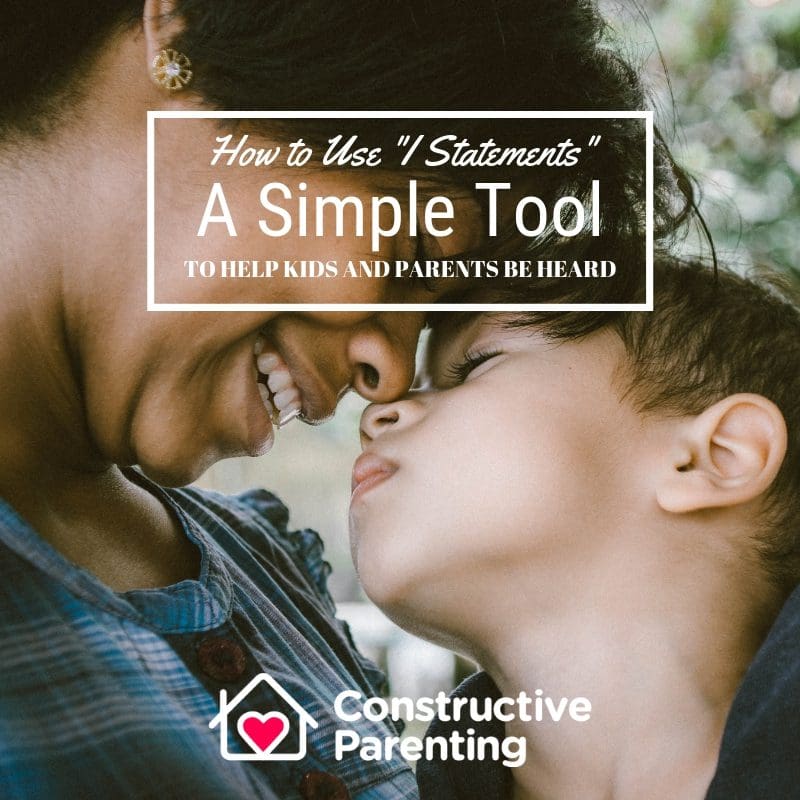
When we speak to one another while we are upset it can be a real challenge to express ourselves well. Usually we end up lashing out at others, blaming them for our emotions without stopping to even consider why we are most upset. This happens when we argue with our spouses and when we lose our tempers with our children. Of course, it also happens to kids when they get frustrated and scream at friends, siblings, and parents.
One of the most helpful ways to interrupt this pattern is by learning to identify the emotion you are having and acknowledging the situation that caused it. This is more challenging than it sounds, especially when you are upset in the moment. It usually helps to take a few deep breaths to interrupt your typical reaction and reset.
**If you need help learning how to teach your kids to “Just Breathe” this article is for you.
After you have grounded yourself with a few deep breaths try labeling the emotion and the situation. Start with the words “I feel” and add the emotion word and a description of what just happened to trigger the emotion. This is the foundation of the “I statement.”
If you can’t imagine actually doing this when you are upset, a great way to practice this skill is to start by labeling emotions and situations for your children when they are distressed. In therapy jargon we call this “Active Listening.” For instance, if you notice your daughter has just hit her brother and then you notice that the tower she was working on is in pieces all over the floor, you can put words to your suspicion, “You are angry (feeling) because your brother knocked down your tower (situation).” You can also add a limit “and in our house it is not okay to hit”. Then help your daughter problem solve what she could have done differently to stand up for herself.
There are several benefits to practicing in this way. First, you are connecting with your child by validating her feelings while also teaching her that she has the ability to choose how she wants to respond when a situation occurs (your brother did not make you hit him, he made you upset, and then you made the choice to lash out physically). Perhaps just as important, when you try to start doing this for yourself it is that much easier because you have put energy into practicing the technique.
If you’re still feeling stymied, try printing this handy infographic to help you get better at active listening and using I statements. Read on to learn more about how to use each of the steps.
Step 1: Name the Feeling
Step one is to put words to the feeling or feelings you are having. Look at the first section of the infographic and point to the one that you are feeling. Sometimes we can easily identify anger but it is possible to pause and consider what is underneath (often a more vulnerable feeling like shame or fear) and then put words to this out loud. If you want to teach younger children to use these skills, the first step is making sure their feelings vocabularies are proficient. When children start to speak, spend time helping them learn feeling words by using them yourself as you see different emotions surface.
If your child falls down and cries you can say “you are feeling sad (emotion) because you skinned your knee and it hurts (situation)” or “that was really scary (emotion) for you, do you need a hug (need)?” While you are reading books, you can pause and turn to your child and ask them how they think the character is feeling and then ask them what clues they used to figure that out. Once your child has mastered putting words to basic feelings, you can expand their vocabulary introducing more nuanced feeling words. You want them to realize that it is possible to feel a little “grumpy” or to feel “furious” depending on what has happened.
Step 2: Label the Situation
Each time we get upset it is very easy to place blame on someone else. How many times have you heard some version of “my brother made me hit him when he took my toy…” Being upset is uncomfortable and we never want the negative choices we make when we are hurt to be our fault. The great part about this step is that you aren’t trying to figure out who is to blame. You are simply identifying the situation that occurred just before you got upset. Again, practice doing this with your kids by observing what is happening and putting words to it. The more you practice the easier it gets.
Step 3: Ask For What You Need
When we are upset there are usually a few things that consistently make us feel better. The trick is paying attention to your patterns and noticing what helps you calm down and feel safe. If your love language is touch, you may need a hug. If the thought of someone coming near you when you are upset is triggering, you may need space. If the thing that is upsetting you is that everyone is complaining and no one has noticed how hard you are working, what you may need is appreciation. When you reflect on your child and their patterns, it is possible to also identify the things they usually need as well. The last section of the infographic has a great list of basic needs, but if you notice that the thing you or your child often needs most is not on there– just add it!
Step 4: Putting It All Together
The next time you notice signs that your child is starting to get upset, take a few deep breaths and then try walking them over to a space where they can calm down. Print out this infographic so that you have it handy and then use it to identify their feelings and what caused them. End by helping your little one identify what they need to feel better. In time and with practice your child will be able to use this tool to come up with their own “I statements” proudly taking responsibility for their feelings and letting you know why they are upset and what they need. When we learn to express ourselves this way, we can take comfort in truly being heard by those we love most.
If you are looking for parenting support and you live in North Carolina I would be happy to talk to you about working together either virtually or in person. Find out more by clicking below.


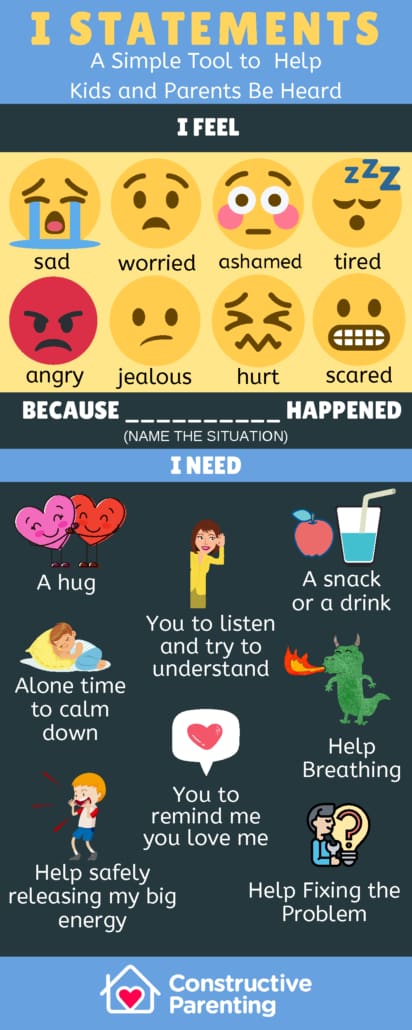


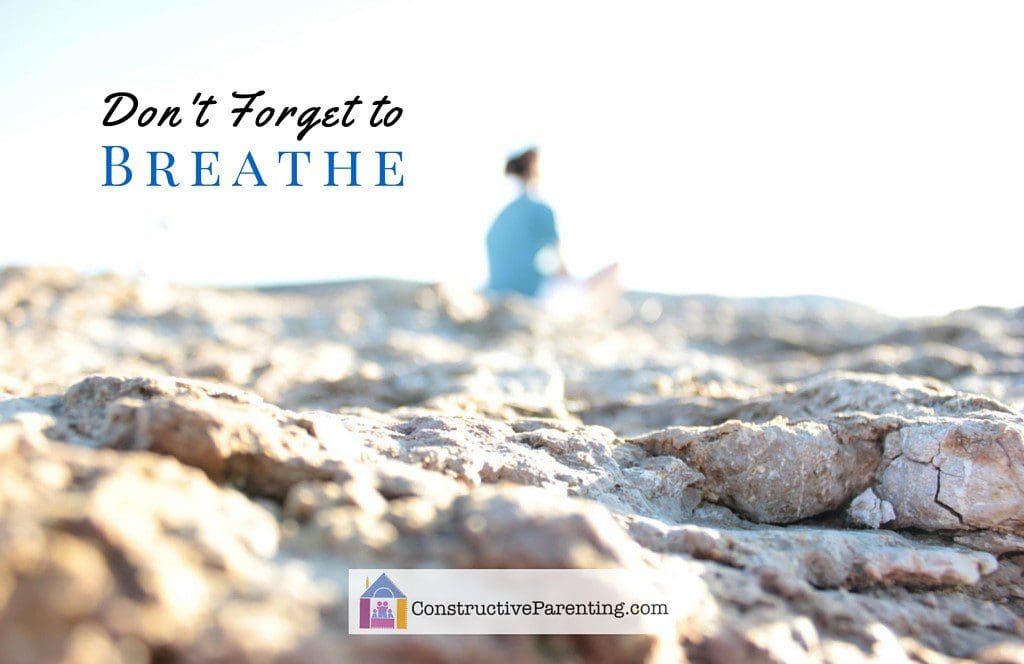

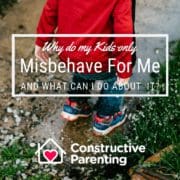
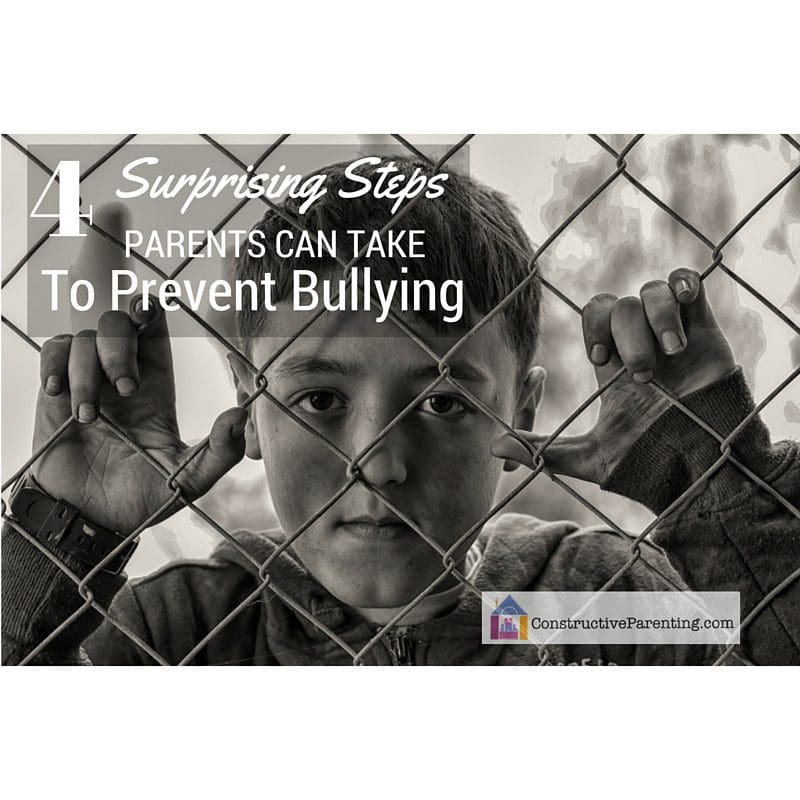

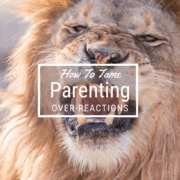


Is there a Spanish version of this I statement sheet?
If/when I create one I will share it on this blog post. Thank you for the wonderful idea!